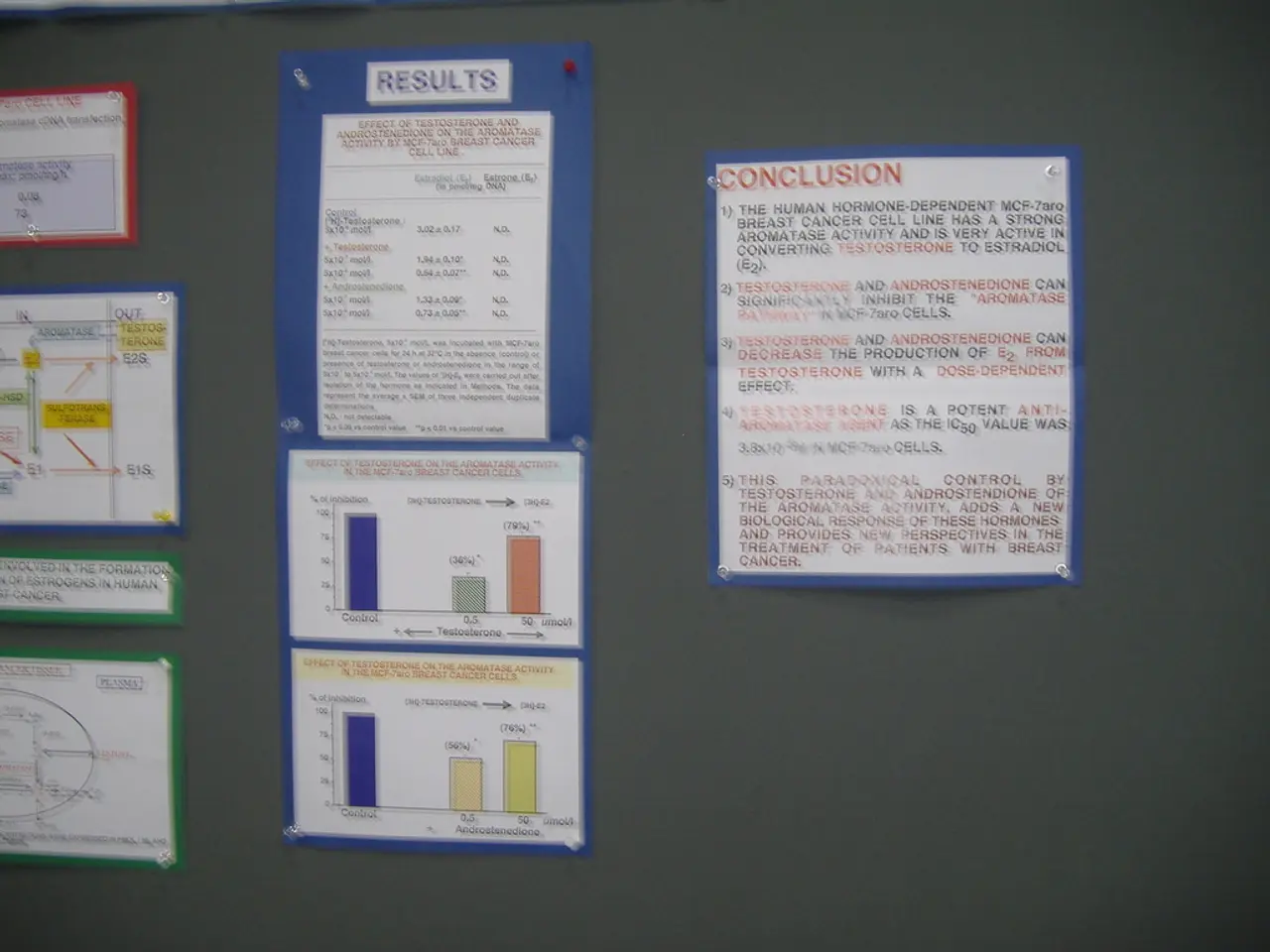Minimizing Business Shrinkage: Insights into Lowering the Percentage of Loss in Commercial Operations
In the retail, manufacturing, and logistics industries, shrinkage—losses of inventory due to factors such as theft, damage, administrative errors, and supplier fraud—can significantly impact profitability. To effectively address this issue, organizations should implement a combination of technology-driven inventory control, optimized facility layout, regular audits, staff training, and enhanced security measures.
Key approaches include:
- Warehouse Reconfiguration and Facility Optimization: Design layouts to improve access, separate fast-moving or fragile items, reduce handling errors and accidents, and streamline workflow to minimize damage and loss.
- Advanced Technologies: Utilize warehouse management systems (WMS), RFID, barcodes, and AI-powered surveillance to enable real-time inventory tracking, reduce theft, improve stock accuracy, and speed up processes like checkout in retail.
- Regular Inventory Reconciliation and Audits: Schedule frequent and systematic physical counts and reconciliations against recorded inventory data to detect discrepancies early and address errors or losses promptly.
- Staff Training and Accountability: Continuously train employees on best practices for inventory handling, use of technology, and loss prevention awareness to reduce human error and increase operational efficiency.
- Security Enhancements: Implement robust physical and electronic security—including AI surveillance analytics to identify suspicious behavior discreetly—and design store fixtures or storage systems that protect merchandise without impeding customer experience.
- Acceptable Shrinkage Goals and Continuous Improvement: Aim for minimal shrinkage (industry standard often being under 1.5%, with best-in-class approaching zero), track shrinkage percentage regularly, and seek continual process improvements to reduce loss further.
By reducing shrinkage, organizations can save thousands—or even millions—of dollars annually, which can be reinvested into growth initiatives, employee benefits, or further loss prevention measures.
It's important to note that the shrinkage percentage, which measures the extent of losses relative to total inventory, indicates inefficiencies in inventory management, security, or supply chain processes. A high shrinkage percentage is a sign that improvements are needed.
Strategies to reduce shrinkage include improving inventory management, strengthening security measures, and implementing targeted strategies to address each cause. For instance, implementing training programs for employees to foster accountability and ethical behavior, adjusting procurement strategies based on historical shrinkage data, and leveraging technology (automation, AI, and analytics) for better accuracy.
Common causes of shrinkage include theft (internal and external), administrative errors, damage and spoilage, and process inefficiencies. To calculate the shrinkage percentage, use the formula: Shrinkage Percentage = (Value of Lost Inventory / Total Inventory Value) * 100.
By implementing these strategies, organizations can create a comprehensive framework that tackles shrinkage from multiple angles—reducing theft, handling errors, and inventory inaccuracies—which enhances operational efficiency and profitability across the retail, manufacturing, and logistics sectors.
- In the manufacturing industry, incorporating warehouse management systems, AI-powered surveillance, and technology like RFID and barcodes can not only minimize theft and inventory inaccuracies but also streamline workflow and improve stock accuracy, thereby increasing overall profitability.
- In the world of business and finance, reducing shrinkage through methods such as regular inventory reconciliations, staff training on best inventory handling practices, and the application of advanced technologies can generate substantial savings, funds which can subsequently be invested in growth initiatives, staff benefit packages, or additional loss prevention measures.




